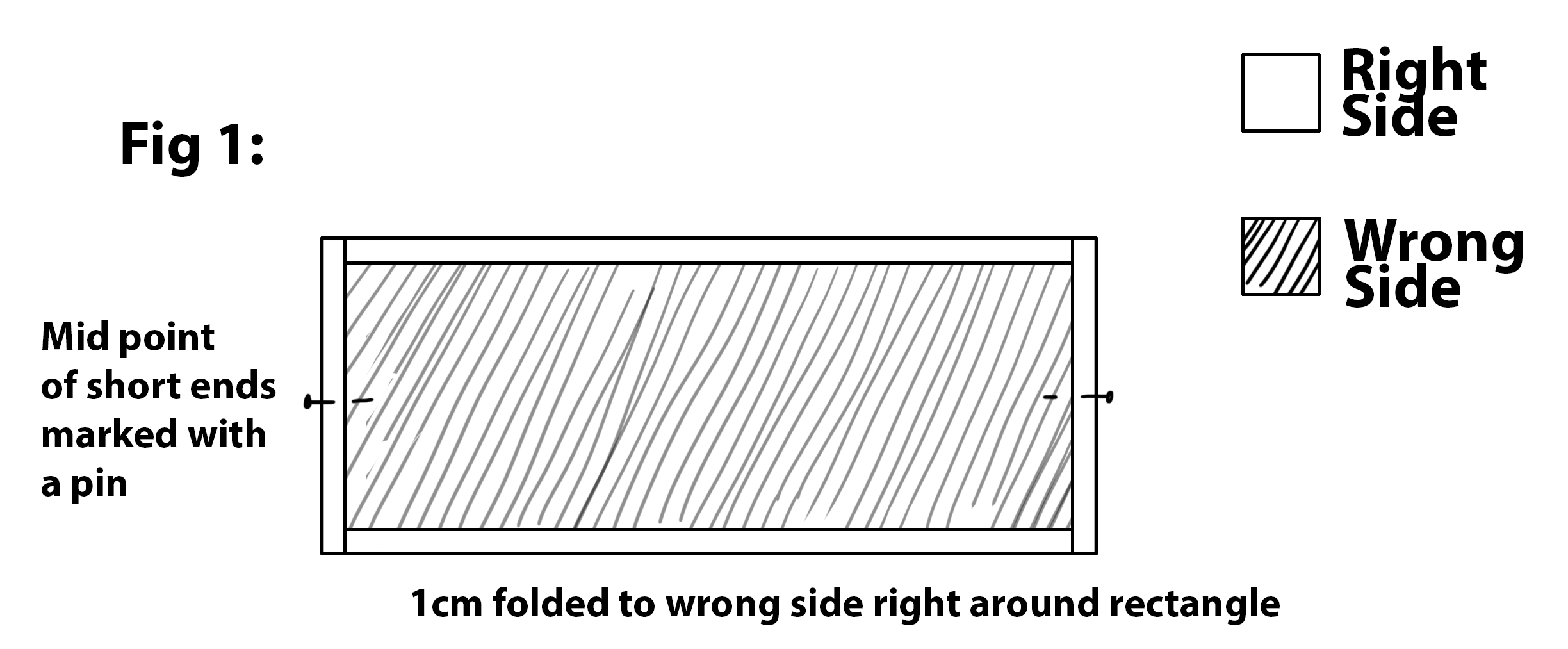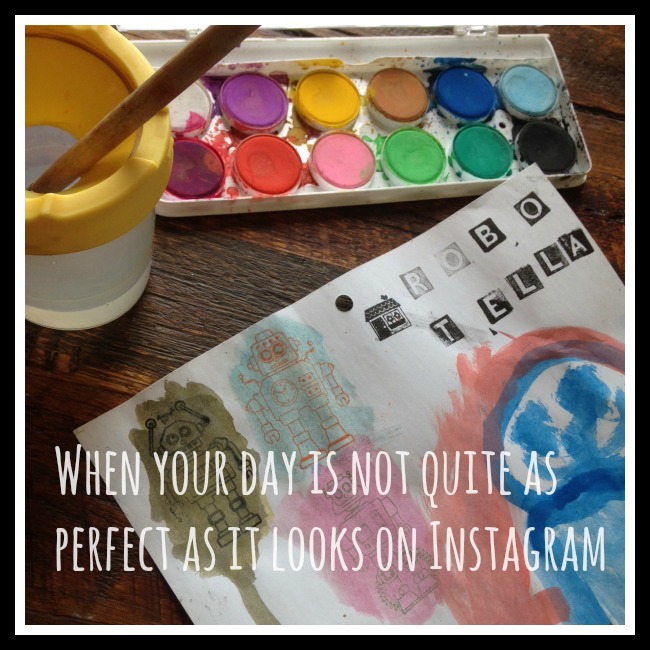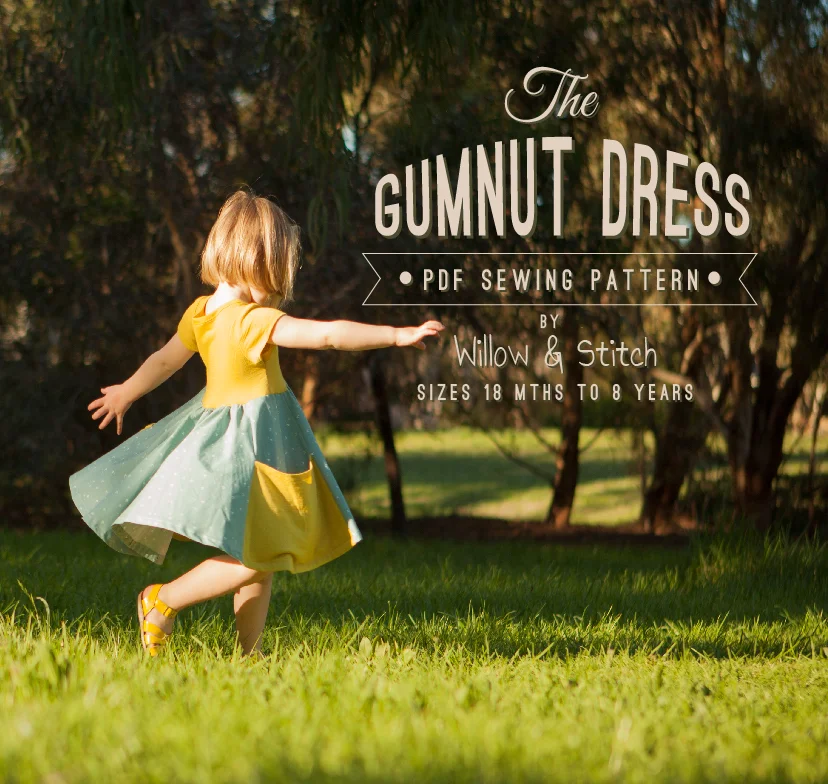Monday Tee Tutorial
/I'm really pleased with this tee. It's such a simple style, but I do love the shape. It has a lovely neckline, dropped shoulder seams, tapered waist and perfectly cosy long sleeves.
First of all, let me please state that this pattern is untested by anyone except for me! It is also a single size pattern, approximately size Small. The bottom is quite tightly fitted and will fit those with a high hip measurement of approximately 92cm / 36". The rest of the pattern is quite a relaxed fit however so if you wanted to have a go and just increase the width at the bottom a little to fit then I think it would probably work pretty well.
Download the pattern pieces by clicking on the image above. Printing Instructions can be found on page 12.
For tips on sewing with knits click here
Sorry for some of the poorly lit diagrams below - the only time I really get a chance to sew is once the kids are in bed!
You will need:
- 1.4m of knit fabric
- Coordinating Thread
- Twin needle (optional)
- Rotary cutter and mat (optional)
Monday Tee Sewing Instructions:
Hem Pieces:
Hem the sleeves and the bottom edge of the front and back pieces. Fold 1cm to the wrong side and press. Fold another 1.5cm to the wrong side and press again. Pin in place. Stitch the hem with a zig-zag stitch or with a twin needle, sewing 1.2cm from the edge.
Join the front and back:
Lay the Tee main front and back pieces on top of one another, with right sides together and align shoulder seams. Join with a 1cm seam. Press seam open, or if you have serged your seam, press it towards the back of the Tee.
Join the sleeves:
Pin sleeves in place, placing sleeve and body of tee right sides together and aligning centre notches of sleeves with shoulder seams. Join with a 1cm seam. Repeat to join second sleeve.
Sew Underarm Seams:
Fold tee so that right sides are together and join the underarms and sleeves in one long continuous seam. Pin in place first and make sure that the wrists, hem and underarm seams all match. Begin stitching at the wrists and sew towards the bottom hem.
Finish Neckline.
To finish the neckline, cut a piece 67cm long and 4cm wide. Fold along it’s width, aligning short edges and placing right sides together. Join the ends with a 1cm seam. Press seam open.
Fold the neck binding in half along it’s length this time with wrong sides together. Press.
Pin the neck binding to the neck of the Tee, right sides together and placing the seam of the binding at the centre back of the neck. You will need to stretch the neck binding slightly as you pin to make it fit. This helps the neckline to sit nicely without puckering.
Join (sew or serge) the binding to the neck of the tee, sewing with a 1 cm seam. Fold binding over to the right side and press.
And you're finished!
I hope you have had fun with this tutorial and that you love this tee as much as I do. Please feel free to get in touch if you have any questions - I always love to hear from you!







































